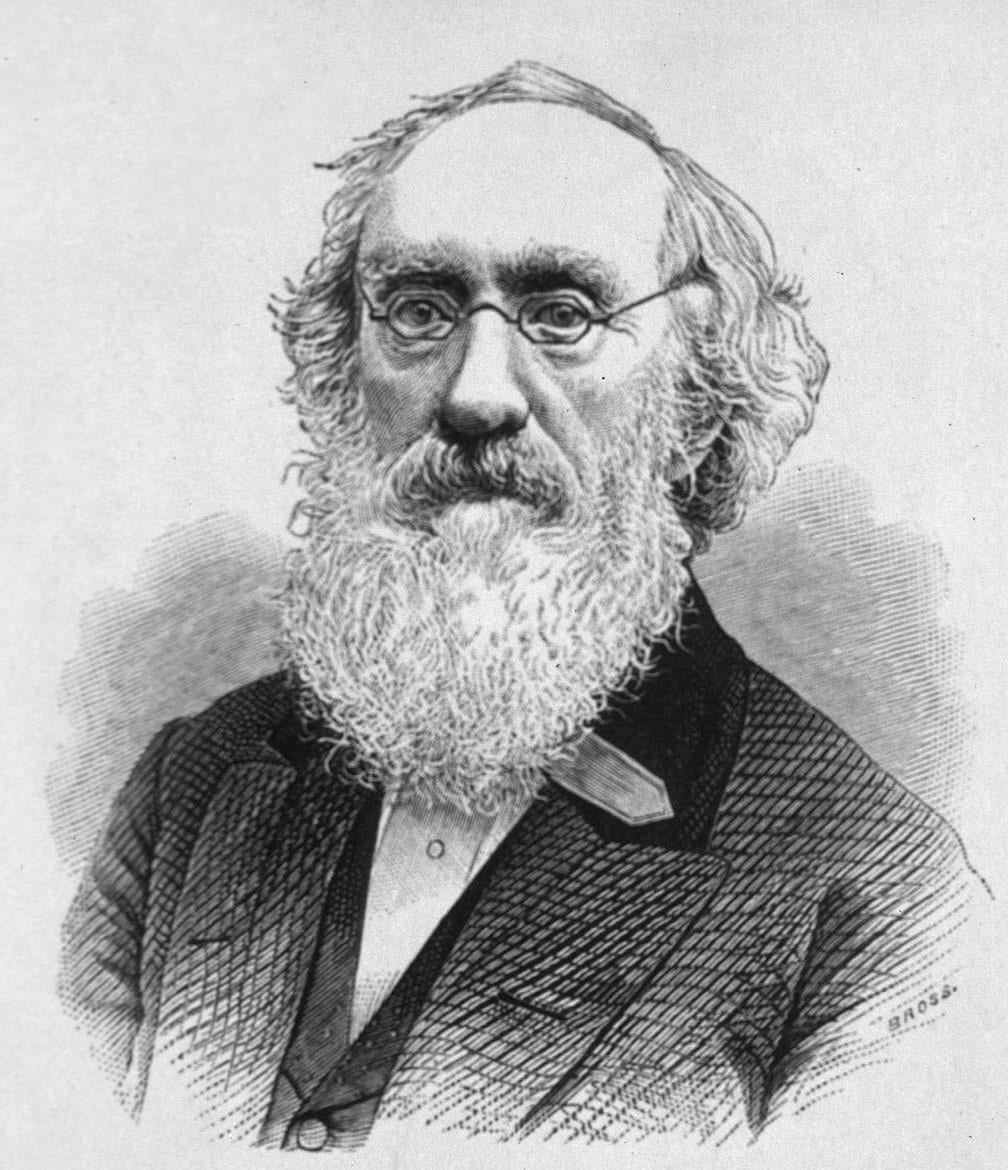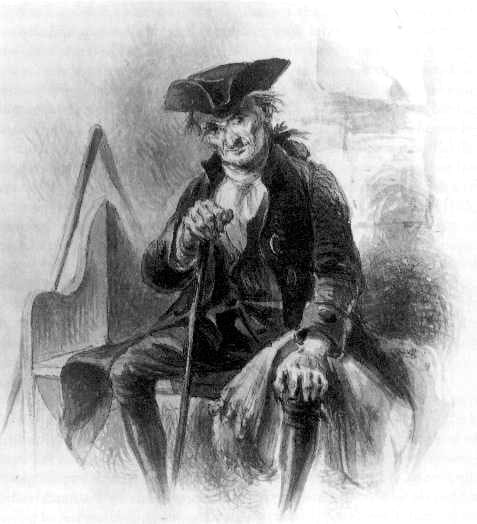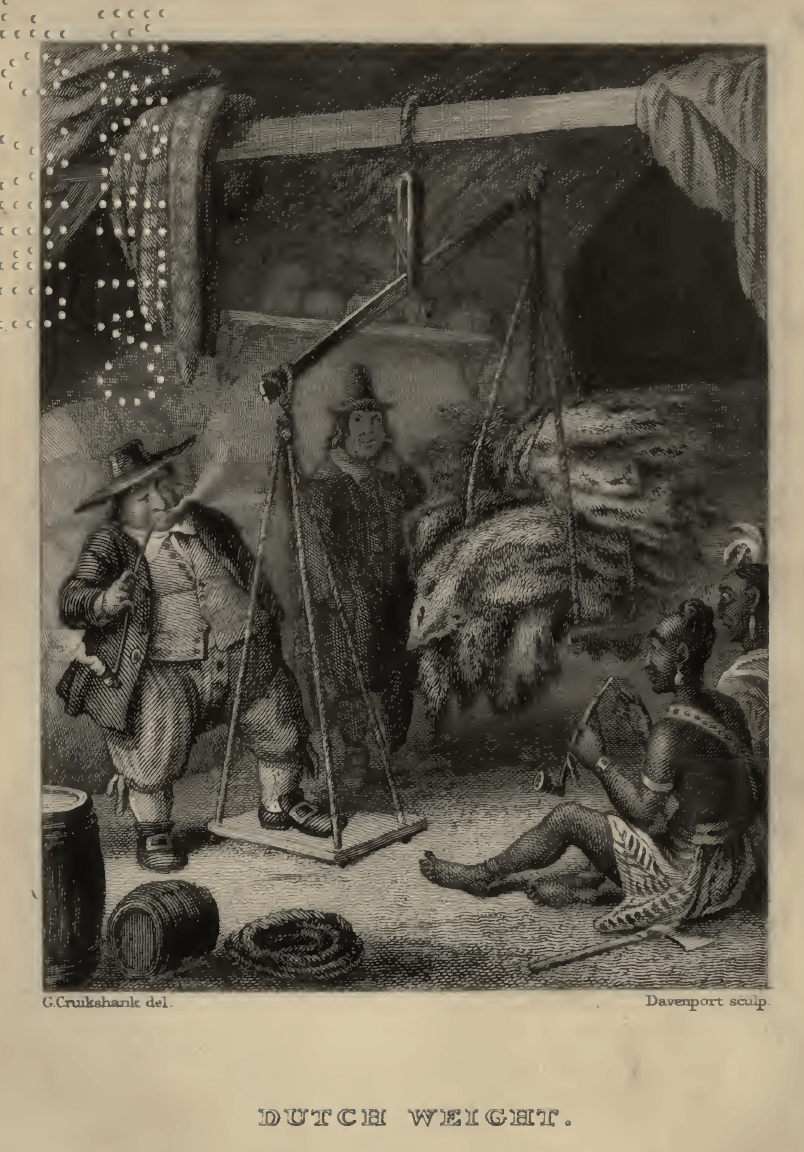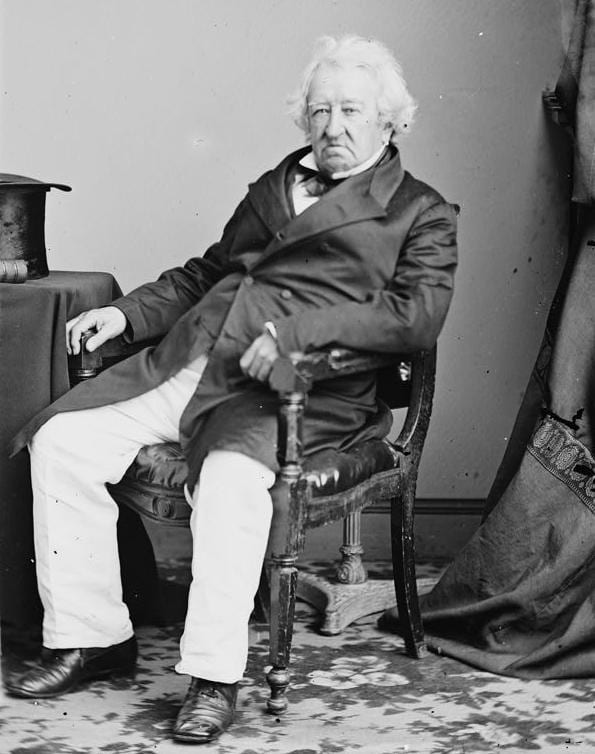By Editor Derek Kane O’Leary

Edmund Bailey O’Callaghan
Edmund Bailey O’Callaghan (1797-1880) was an unlikely candidate for the mammoth translation and historical project that he undertook at mid-life. A paradigmatic Atlantic creole, he had for decades crossed borders, learned new languages and skills, enmeshed himself in diverse networks, and, always, adapted to his sundry beachheads around the Atlantic. He migrated from County Cork in Ireland to medical school in 1820s Paris; to Lower Canada where he practiced medicine and turned journalist and politician in the 1830s, and then on to the Democratic political machine of New York and his major intellectual labor: translating and writing about the reams of Dutch documents from the colonial history of New Netherland, the short-lived Dutch colony along the Hudson River and current-day New York, which fell to the English in 1664. He has, mostly, been forgotten.
It is a seemingly cacophonous life. But a motif holds together each movement. O’Callaghan passed a childhood amid “The Liberator” Daniel O’Connell’s Catholic emancipation movement against British rule; observed university opposition to the policies of the Bourbon Restoration (under which his medical school was shuttered); and provided medical care to the impoverished community of newly arrived Irish immigrants in Quebec. Then and there, as the editor of The Irish Vindicator and partner with Canadian Patriote leader Louis-Joseph Papineau, he shifted to political activism in support of local autonomy within the British empire, an opposition that tenuously united Irish and Francophone Canadian interests. And, when the Lower Canada Rebellion of 1837 misfired, he fled across the border to New York. There, he encountered the Dutch colonial archive, in the faded margins of a national narrative based on the Anglo-American founding. It enthralled him, and he devoted years to re-centering it in the national epic. Throughout, he bore with him an anti-hegemonic disposition–especially to British power in the Atlantic–which sprouted in Ireland, matured in Paris, peaked as strident political opposition in Montreal, and transmuted to state-sponsored archival revisionism in New York.
In 1846 O’Callaghan released his first historical account, the History of New Netherland; or, New York under the Dutch. It drew on Dutch-language records in Albany and would be followed by his sprawling New York state-sponsored translation and publication project of Dutch-language documents held in the state archive and gathered abroad. He lauded the virtues of these Dutch founders, and hoped to present them as the ideological forebears of the U.S.
To the North in New England, it met a chilly reception. In 1846, the North American Review—redoubt of elite New England letters—deflated O’Callaghan’s endeavor to elevate the Dutch record alongside New England’s founding story. The Review placed the work in contrast to another, wildly popular depiction of the Dutch colonial period: Washington Irving’s (1783-1859) History of New York, from the Beginning of the World to the End of the Dutch Dynasty, published in 1809 under one of his pseudonyms, Diedrich Knickerbocker. It found that in O’Callaghan’s effort to counteract Irving’s “mock-heroic style,” he “errs, if possible, in going to the opposite extreme” –that is, he had gone overboard in praise of the Dutch (The North American Review, Vol. 62, No. 131 (April, 1846), 448). To the Review and many other readers, Irving’s work, if beyond belief at times, appeared eminently entertaining, informative enough, and in proportion to the Dutch presence in the continent’s past.

Rendering of Diedrich Knickerbocker (1849)
In casting Dutch North America in this new light and receiving this riposte, O’Callaghan was writing into a decades-old debate about the place of New Netherland in the national narrative. Irving had fashioned the genre with his History, in which his fictive narrator performed as an affable, hapless, Dutch-descended chronicler of his city and state. For years, in New York, elsewhere in the U.S, and across the Atlantic, the book delighted audiences. Reprints ensued through the century. Though the early editions were burlesques in text rather than imagery, by the mid-1830s they were accompanied by a new sub-genre of Dutch-themed art, which was spurred by the book’s success.
In passing, here is one such image, the frontispiece to the 1836 edition, which will echo in a moment:

The point of humor here, including the physical and sartorial features ascribed to the Dutch, is clear enough. It is easy to imagine how those proud of their Dutch descent grimaced at the caricature. The analogy struck between the two Dutch and two Indian figures is more suggestive, though. The downward diagonal composition from Dutch to Indian (likely Mohawk fur traders from the west of New Netherland, on whom the Dutch depended) signals their perceived power dynamic. But all four figures are held tightly together, their placement and pipe-smoking mirror images, and their dependence on commercial transaction the fulcrum of the scene.

Gulian Crommelin Verplanck
Amid the widespread praise of young Irving’s work, one contrary assessment reverberated strongest. Gulian Crommelin Verplanck’s name implies the genealogy that connected him to New Netherland’s founding generation. He was a long-time New York politician and generally busy civic figure. In December 1818, he addressed the New York Historical Society, then still a stumbling, underfunded institution, where he was an active member. After a sweeping comparative survey of European states and their respective colonial projects in the Americas, he paused toward the end to note the special accomplishments—and then, more importantly, the troubled historical legacy—of the United Provinces and their North American colony, New Netherland. “These remarks,” he began, “ought to have been wholly unnecessary in this place; but I know not whence it is, that we in this country have imbibed much of the English habit of arrogance and injustice towards the Dutch character.” If ambivalent about the root cause of the anti-Dutch sentiment he perceived in the U.S., he did have a more proximate culprit in mind.
It is more ‘in sorrow than in anger’ that I feel myself compelled to add to these gross instances of national injustice, a recent work of a writer of our own, who is justly considered one of the brightest ornaments of American literature. I allude to the burlesque history of New-York, in which it is painful to see a mind, as admirable for its exquisite perception of the beautiful, as it is for its quick sense of the ridiculous, wasting the riches of its fancy on an ungrateful theme, and its exuberant humour in a coarse caricature. This writer has not yet fulfilled all the promise he has given to his country [Collections of the New-York Historical Society for the Year 1821, volume III (New York, 1821), 41-124, emphasis added].
Verplanck’s speech was published in 1821 in the Collections of the New York History Society, which was then sent to members and peer institutions throughout the U.S., parts of Europe, as well as Latin America. In this passage, then, we observe an important civic institution calling out Irving, a roving New Yorker, then living his long expatriation in London. His famous Sketch-Book had just been published to considerable acclaim, and more than any U.S. writer in these years, he embodied American identity before European audiences. From Verplanck’s vantage point, Irving had triply sinned, remaining subservient to British anti-Dutch prejudices, squandering his talent on this fanciful topic, and failing to live up to what his country expected. A pivotal chapter in the state’s history had been shunted outside the bounds of national history and would need to be properly inscribed within it.
Over the ensuing decades, the State of New York and the New York Historical Society worked in tandem to refurbish the colonial archive of New York, in part to outdistance the long shadow cast by Irving. In addition to proper translations of the records held in the state house at Albany, they believed that the grand narrative of its state depended on a mission to collect documents relating to the colonial history of New York, led by the young New York lawyer John Romeyn Brodhead between 1841 and 1844 in Holland, London, and Paris. The goal, as announced at the New York Historical Society, was to bring this past into
the limits of well-attested history, [which] at once dissipates the enchantments of fiction; and we are not permitted, like the nations of ancient Europe, to deduce our lineage from super-human beings…It is a sufficient honour to be able to appeal to the simple and sever records of truth (Chancellor Kent’s Discourse, Proceedings of the New York Historical Society (New York, 1844), 12).
What would amount to a $12,000-project was animated at its core by a sense of archival deficiency—that the colonial history of the state could not be properly told, that certain records belonged there, and that a comprehensive documentary past could be reassembled. The Dutch record was especially deficient, with just fragments moldering in Albany, and the rest across the ocean in Dutch archives. Brodhead returned in 1844 with 80 volumes of records, most culled from London, and the remainder drawn from Holland and France.
O’Callaghan both wrote into this longer tension about the Dutch colonial period and publicized this newly accessible archive for a national audience. The tension around writing the history of New Netherland for two centuries–from Verplanck to more recent studies of Dutch America–has been presented in terms of proportionality: has the Dutch role in the American narrative been adequately represented or not? Is our depiction of it in proportion to its historical reality? But O’Callaghan encountered a deeper impediment: not only were the Dutch illegible or underrepresented in the national narrative, but that they had been relegated to prefatory remarks as a people fated to fade. (In Firsting and Lasting, Jean O’Brien analyzes the practice of reducing American Indians to a preface to the nation’s history during this period.)
To return to the North American Review’s take on O’Callaghan’s History, while he documented the Dutch colonists’ industry and sobriety, the review fingered instead their fatal sin of “rapacity.” This, it countered, led to New Netherland’s demise at the hands of the English. For, unlike New Englanders, the review showed, the Dutch tore resources (the furs, above) from the land, but did not improve it. Within an early U.S. worldview, this placed them closer to the indolent Indian than to the productive English colonizer of New England. It almost included them in the trope of the vanishing American Indian. Just as the Indian was fated by its very nature, it seemed, to disappear from the American landscape, so too could this depiction of the Dutch help to normalize their fading from national story. Meanwhile, this trope could stress the preeminence of a national story that traced the emergence of Anglo-American communities to the north in New England. Judith Richardson has written compellingly about the “ghosting” of the Hudson River Valley, notably in Irving’s tales of “Rip van Winkle” and “Sleepy Hollow”, in that both American Indians and Dutch-descended inhabitants take on a spectral, otherworldly quality. In this review, we see a similar elision between indigenous and Dutch, not in terms of their aesthetic or ontological qualities. Instead, they are kindred in a type of antiquated, extractive labor that could not persist in the westward arc of American empire.
Not to stress this analogy too much, or to detect a clear genealogy between these two images (John Otto Lewis‘s 1835 Indian portrait, left, and John Quidor’s rendering of Rip van Winkle‘s degenerated son, 1849, right), but these visualizations of Indian and Dutch figures rhyme, each cast at the inactive margins of history and the nation.
The author emphasizes this link between pasts and present by closing with a comment on the Oregon boundary dispute with Great Britain, which would soon settle competing land ownership claims in the Pacific Northwest. This ongoing geopolitical question is a seeming non sequitur; but it in effect leverages the historical rationale for New Netherland’s decline and New England’s success to tell a larger story about the continent:
Should the negotiation upon this subject long continue open, the same result can scarcely fail to happen in that territory which took place two centuries since in New England. The tiller of the soil will drive out the hunter.
The tiller of the soil will drive out the hunter: By this, he meant the inevitable triumph of Anglo-American settlers over the continent, as well as over those lesser peoples who only extracted wealth from but could not improve upon it. O’Callaghan, Irish expatriate and resistant leader, worked for years to inscribe the Dutch on the first page of the nation’s history. The effort mobilized considerable resources from his state and an array of its elite political and literary figures to build a Dutch archive that could help to elevate the state’s place within the national historical narrative. But this encounter with the New England literary establishment reveals the terms on which access could be granted and refused.






2 Pingbacks